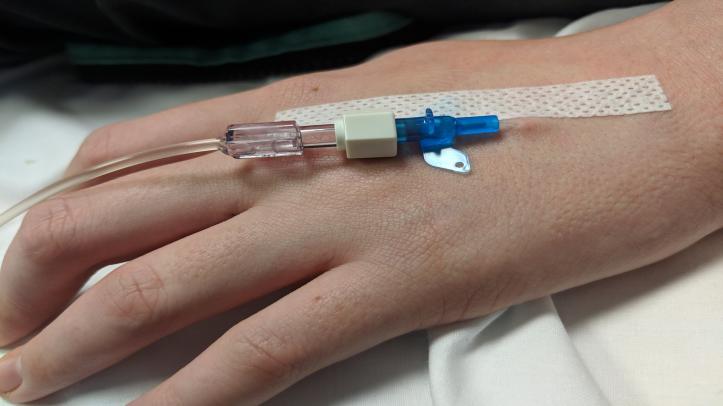Stanford Researchers Develop Revolutionary Technology to Speed Up Slow Infusions of Biologic Drugs

Researchers have unveiled a new technology capable of transforming drugs that require slow intravenous infusions lasting for hours into quick injections that can be administered in seconds, making it easier for patients to treat themselves at home.
The challenge facing biologic drugs such as antibodies, used in the treatment of cancer, autoimmune diseases, and metabolic disorders, is the need to dilute them in large volumes of fluids. This is because these proteins remain stable only in low concentrations of fluids, forcing patients to undergo lengthy intravenous drips in clinics.
To solve this dilemma, a research team from Stanford University developed a new method for encapsulating proteins, allowing them to be stored at high concentrations, and thus can be delivered to patients using regular syringes or autoinjectors. The results of this study were published in the "Journal of Translational Medicine".
The researchers achieved this milestone by encapsulating small protein particles with an innovative material they named "Muni." The researchers explained that this coating "prevents the particles from dissolving or sticking to each other in the liquid and keeps them dry and stable."
The study leader, Eric Abel from Stanford University, described the new technology in a statement, saying: "We have reached something akin to chocolate coated in candy, where the protein is inside and our polymer forms a hard glassy layer on the outside."
To test the effectiveness of the method, the researchers used three different proteins: albumin, human immunoglobulin, and a monoclonal antibody for the treatment of COVID-19. They were able to inject a solution with more than double the usual protein concentration.
Abel expressed optimism about the widespread application of this technology, stating: "The new method is likely to work with any biologic drug, allowing us to inject it easily." He added: "This moves those treatments from a several-hour ordeal in the clinic with intravenous injections to something you can do in seconds using an autoinjector at home."